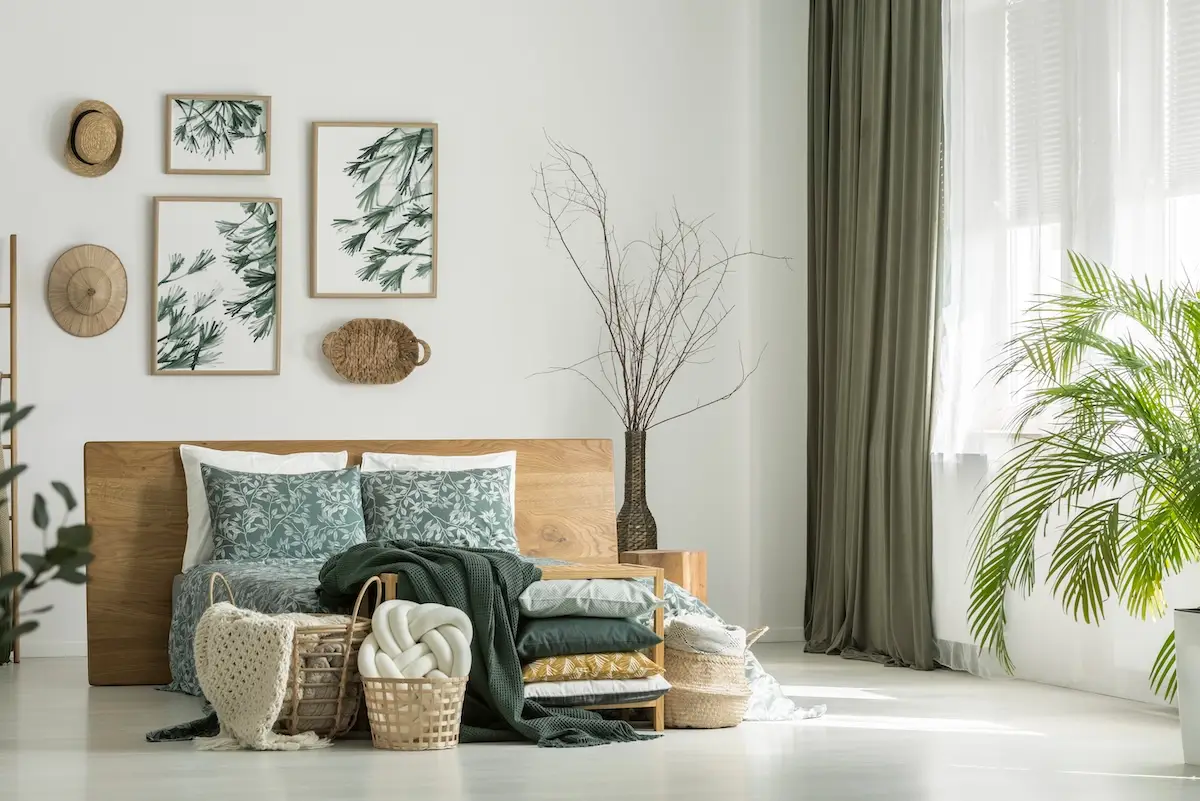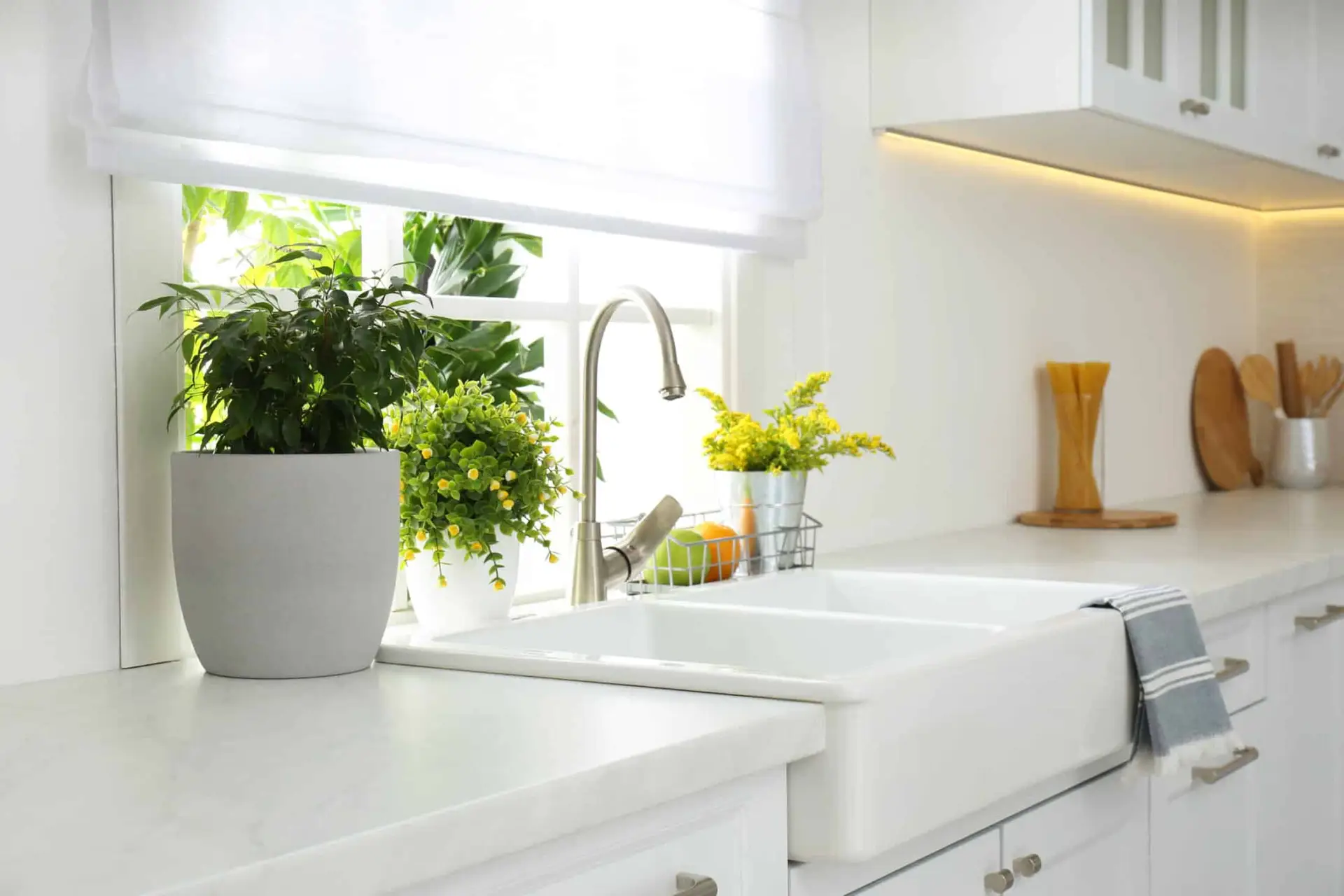Are you looking to improve the look of a room without going through the trouble and expense of doing a complete redesign? A feature wall is a smart and economical way to do it. It adds a unique touch to your interior design and makes a room feel warm and inviting, all in a small footprint. Best of all, you can extend these benefits to any room of a home. Still, choosing the right spot can be tricky! Which wall is best?
Here are some tips to help you choose the right feature wall for your home.
Choose a Wall That Eyes Naturally Gravitate To
The feature wall could be the first one people see, a long wall that furniture faces, or a wall that features elements that draw the eye, such as a fireplace, TV, or bookshelves. It could even be a wall that furniture sits against, such as behind a sofa or bed.
Consider the Room’s Visual Balance
Though rooms often have a wall that draws the eyes more than others, you can balance a room for added interest by choosing another wall on the opposite side. The feature wall will draw attention to an area that would otherwise be a dead and unwelcome space.
Choose a Wall Section That Creates the Illusion of Another Room
This solution works exceptionally well in open floor plans where the dining and living spaces are in the same room. You can create a feature wall in the dining space to visually separate it from the living room, creating a cozier feeling space for eating.
The same theory applies to almost any open space. For instance, you can create a cozier bar area in a living room with a decorative feature wall while keeping the rest of the living space open.
Consider the Room Size and Configuration
A large room may require a bold wall design, while a smaller one may be better suited to something more subtle. Similarly, color and texture have weight. You can add more visual weight to one section if a room feels unbalanced.
Select the Wall With the Biggest Impact
If you want to liven up a space, choose the wall that is sure to attract. As we said earlier, a feature wall is an affordable solution that also doesn’t overpower a room. You have more freedom to create a bold statement without pulling away from the existing interior design.
Note that when going bold, the feature wall should add visual interest without pulling away from your existing design. Today’s maximalist styling may appear to turn this advice on its head, but you benefit from less visual noise by keeping patterns complimentary.
How Color and Texture Affect the Wall You Choose
There are many materials that can be used for feature walls, such as wallpaper, paint, wood, brick, and stone. Each has its own visual weight. In addition, items you put on the wall, like shelving and figurines, also add weight. These factors can determine the wall you use and how much of the wall to decorate. If your desired look will be too heavy on one wall, opt for another one or lighten the look on your desired wall.
Keeping these factors listed above in mind, you can find the right feature wall for your home that adds interest and takes your room’s beauty to a whole new level. And if you ever decide to change it, you have less work to do, making it a great place to connect your home to new trends.




